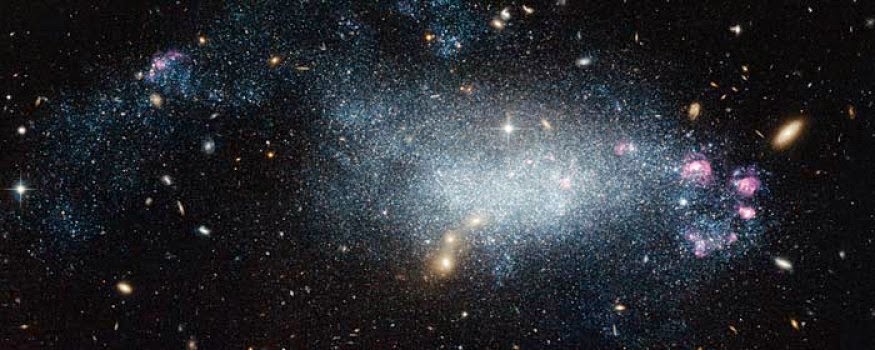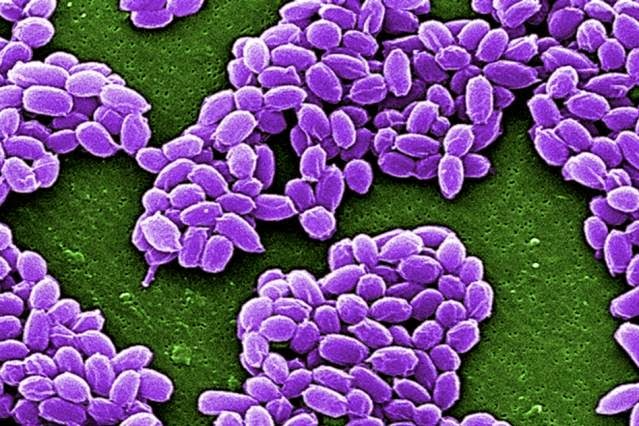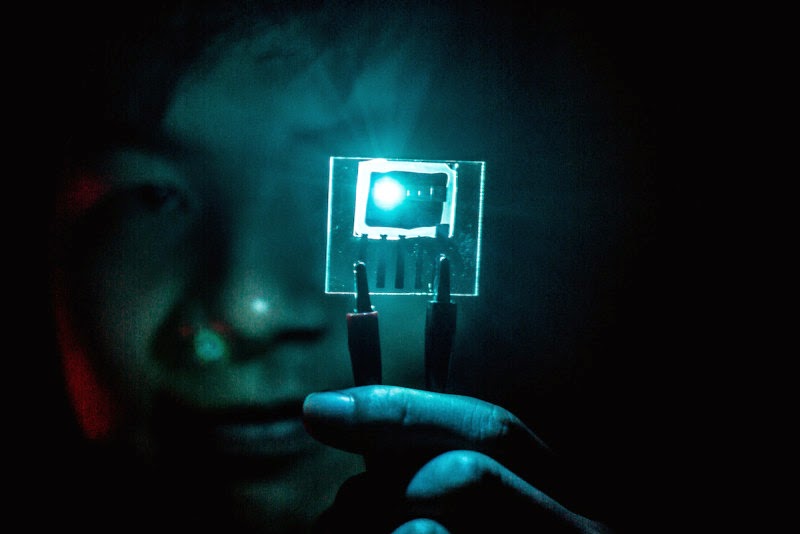A galaxy of deception: Hubble snaps what looks like a young galaxy in the local Universe
A galaxy of deception: Hubble snaps what looks like a young galaxy in the local Universe
Astronomers
usually have to peer very far into the distance to see back in time, and
view the Universe as it was when it was young. This new NASA/ESA Hubble
Space Telescope image of galaxy DDO 68, otherwise known as UGC 5340,
was thought to offer an exception. This ragged collection of stars and
gas clouds looks at first glance like a recently-formed galaxy in our
own cosmic neighbourhood. But, is it really as young as it looks?
Astronomers have studied galactic evolution for decades, gradually
improving our knowledge of how galaxies have changed over cosmic
history. The NASA/ESA Hubble Space Telescope has played a big part in
this, allowing astronomers to see further into the distance, and hence
further back in time, than any telescope before it -- capturing light
that has taken billions of years to reach us.Looking further into the very distant past to observe younger and younger galaxies is very valuable, but it is not without its problems for astronomers. All newly-born galaxies lie very far away from us and appear very small and faint in the images. On the contrary, all the galaxies near to us appear to be old ones.
... LEARN MORE HERE




